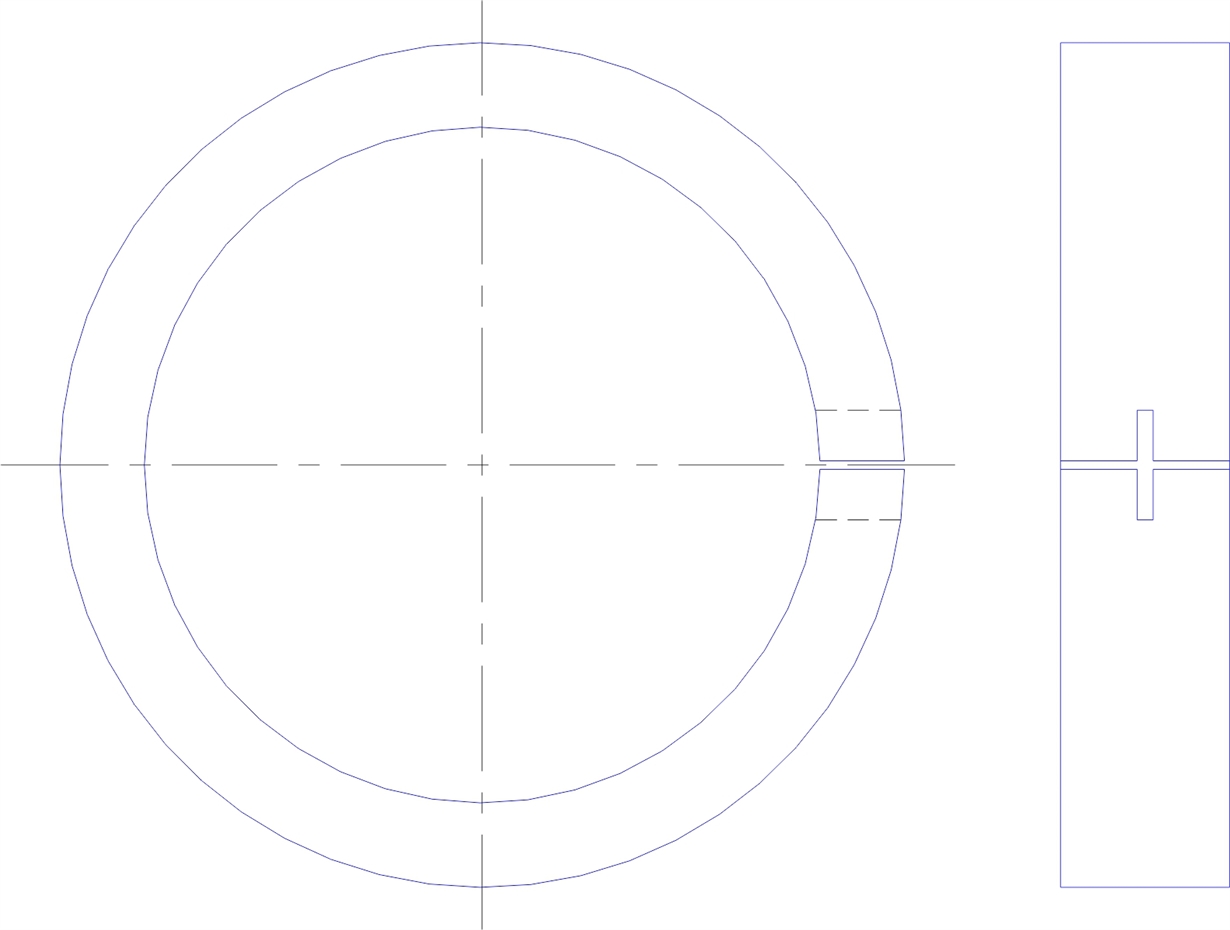Hi to all !!!
I'm trying to develop cores to be used with DRV421 for both current measuring and ground fault detection in the range 30mA-30A, DC to 10KHz.
At the moment I'm using Nichel-Iron mumetal strip wound cores (from 30 to 110mm ID) and I asked the manufacturer to cut the core in two halves (2 "C"), milling one side to realize the DRV421+PCB slot, re-annealing (if necessary), and reclosing the core with a 0,2mm total gap (0,1mm in both cuts). Drawing attached.
I'm waiting for the samples to test them with a DRV421EVM. Estimated production could be 5kpcs/year (or more, I hope ...)
The procedure seems to be quite expensive and the manufacturer suggested me to choose a laminated core solution instead of a strip wound core, but I suppose that mumetal will not be the best choice to be cutted, handled and stacked to build the core. I should probably switch to Silicon-Iron laminations, but I'm afraid that they will not reach the same measurement accuracy, particularly at low currents.
I can't use ferrites or any synterized material, because of "economic" constraints.
I'll be grateful if you can give me any suggestion about materials, techniques and details, in order to realize mumetal or Silicon-Iron cores to be used with DRV421.
Moreover, I would like to ask you if there is the possibility to realize fluxgate current transformers using ungapped saturable cores, using a DRV401 with a fluxgate winding directly wound on the core. I have found various fluxgate solutions using 2 cores or 1 wounded fluxgate core with a magnetic shell and an external compensation winding, but I don'know if the DRV401 can fit these solutions.
Thank you very much for the help,
have a nice day,
Giovanni



